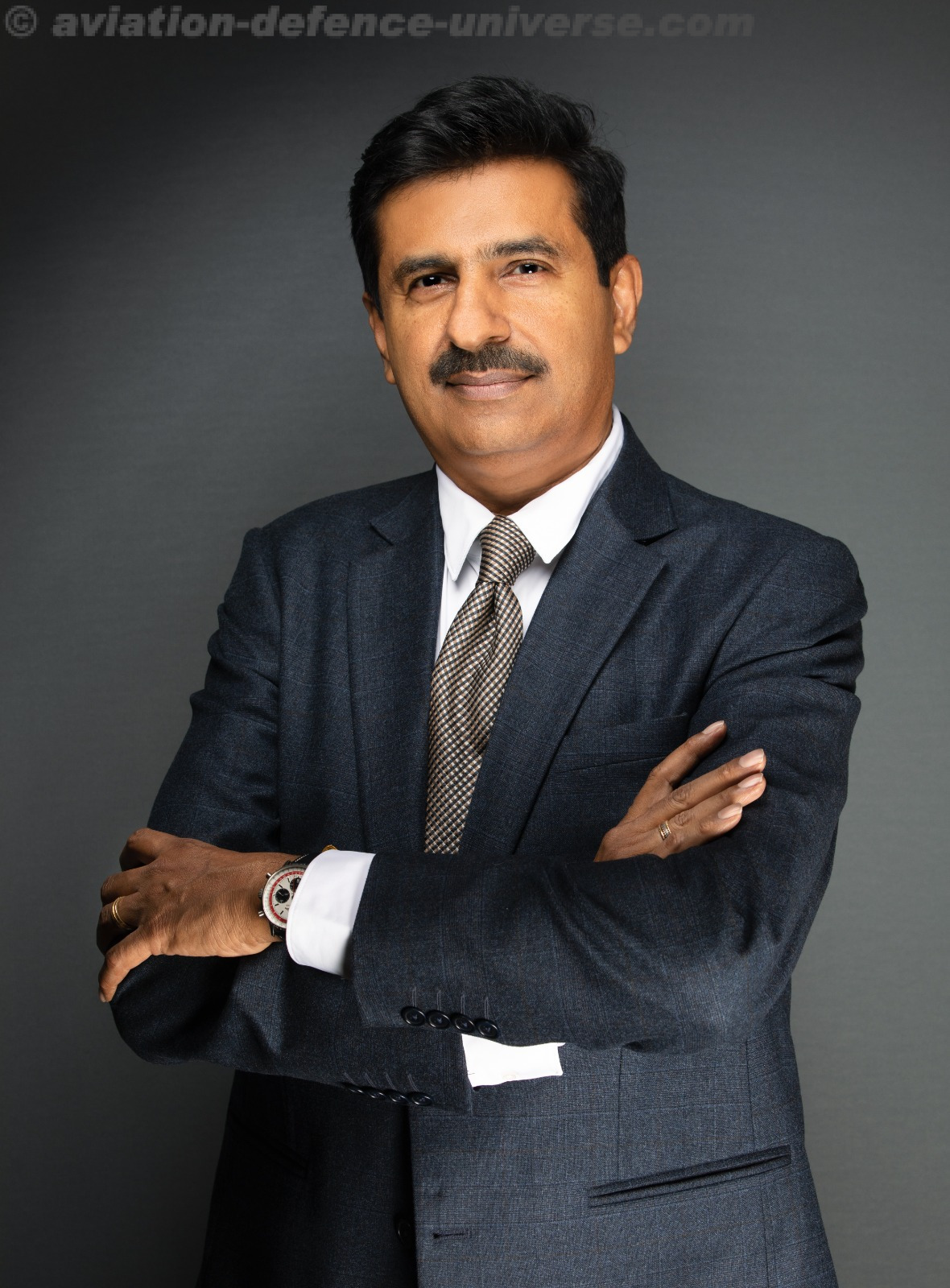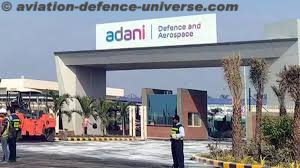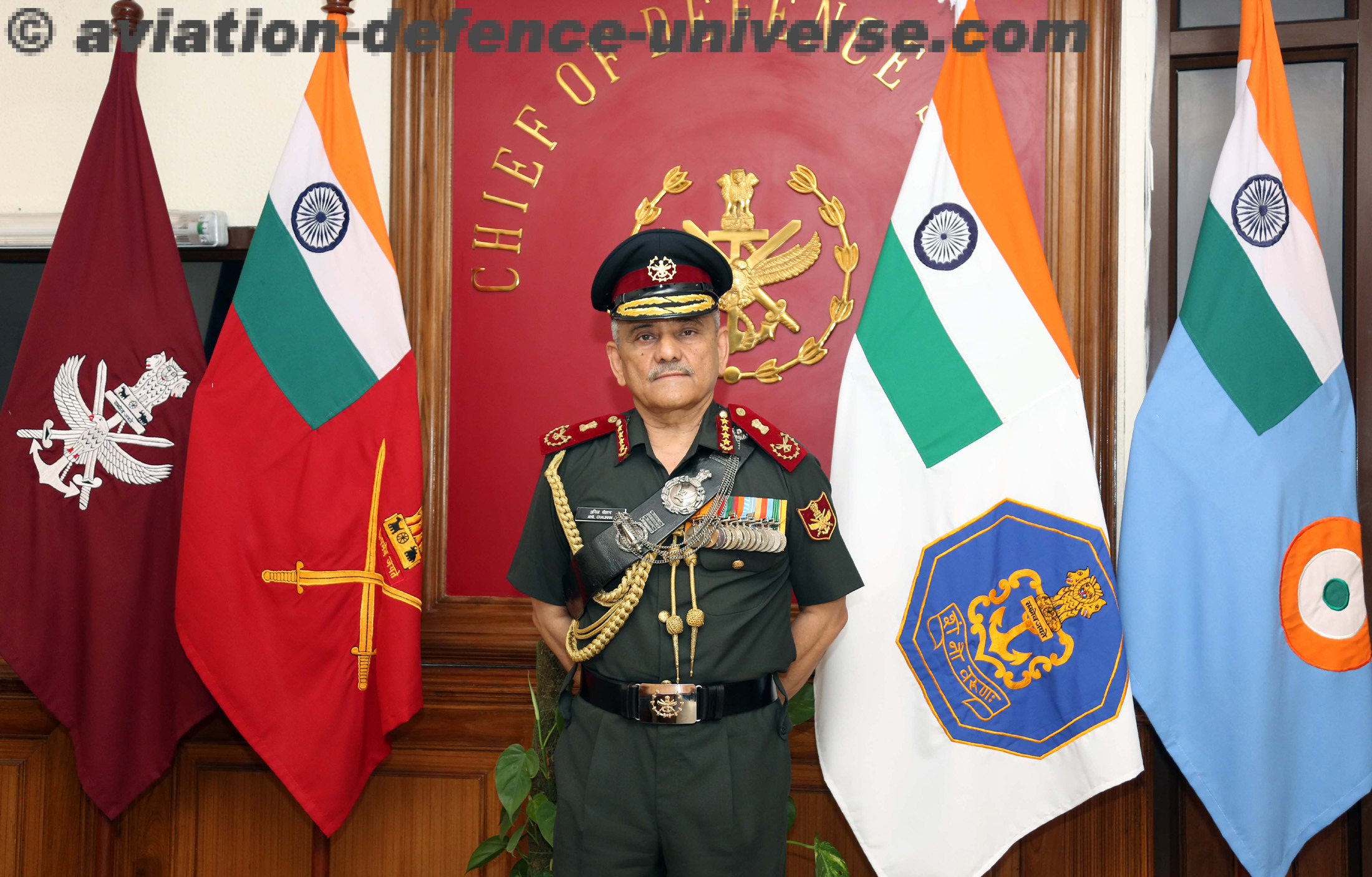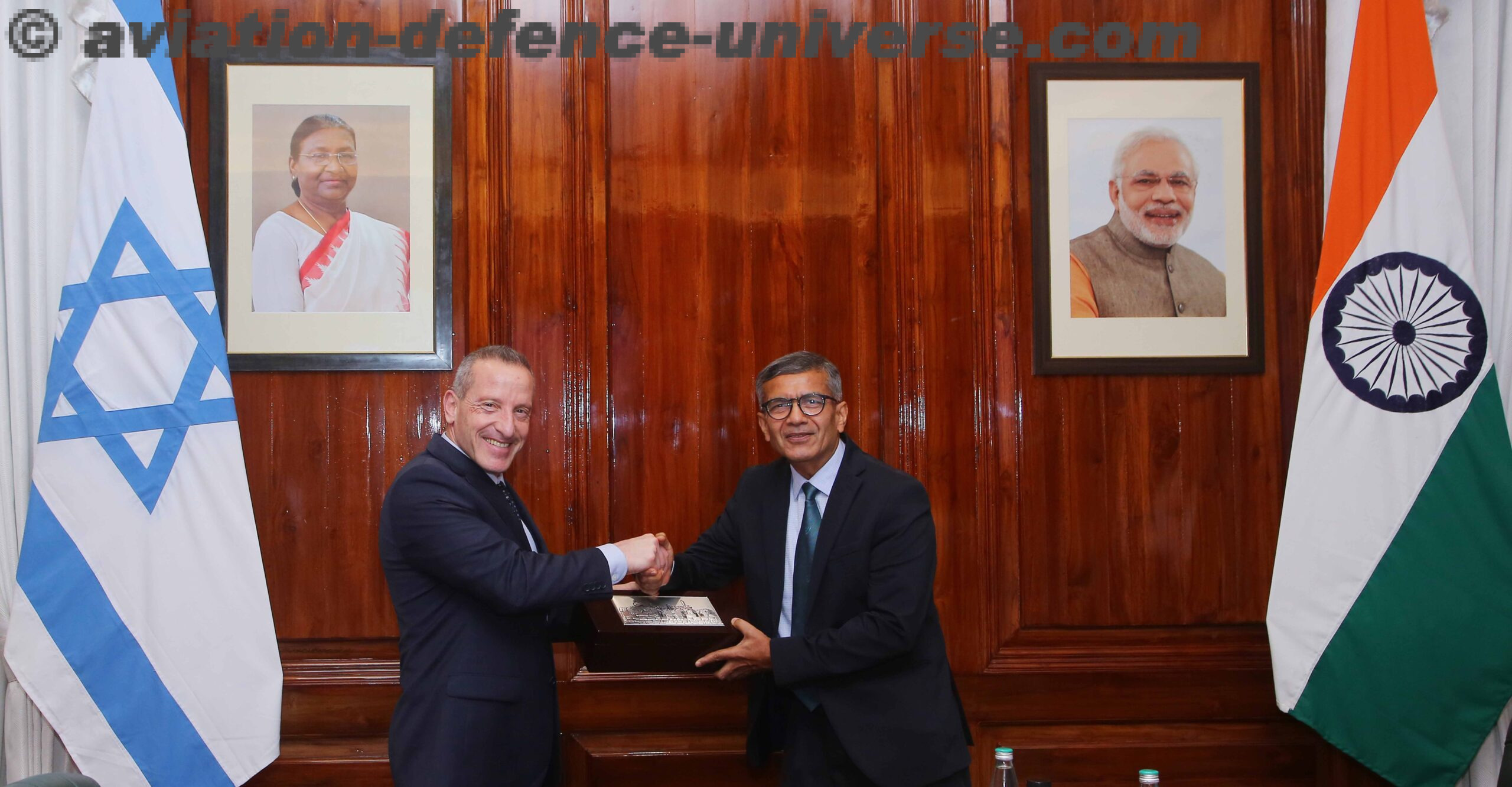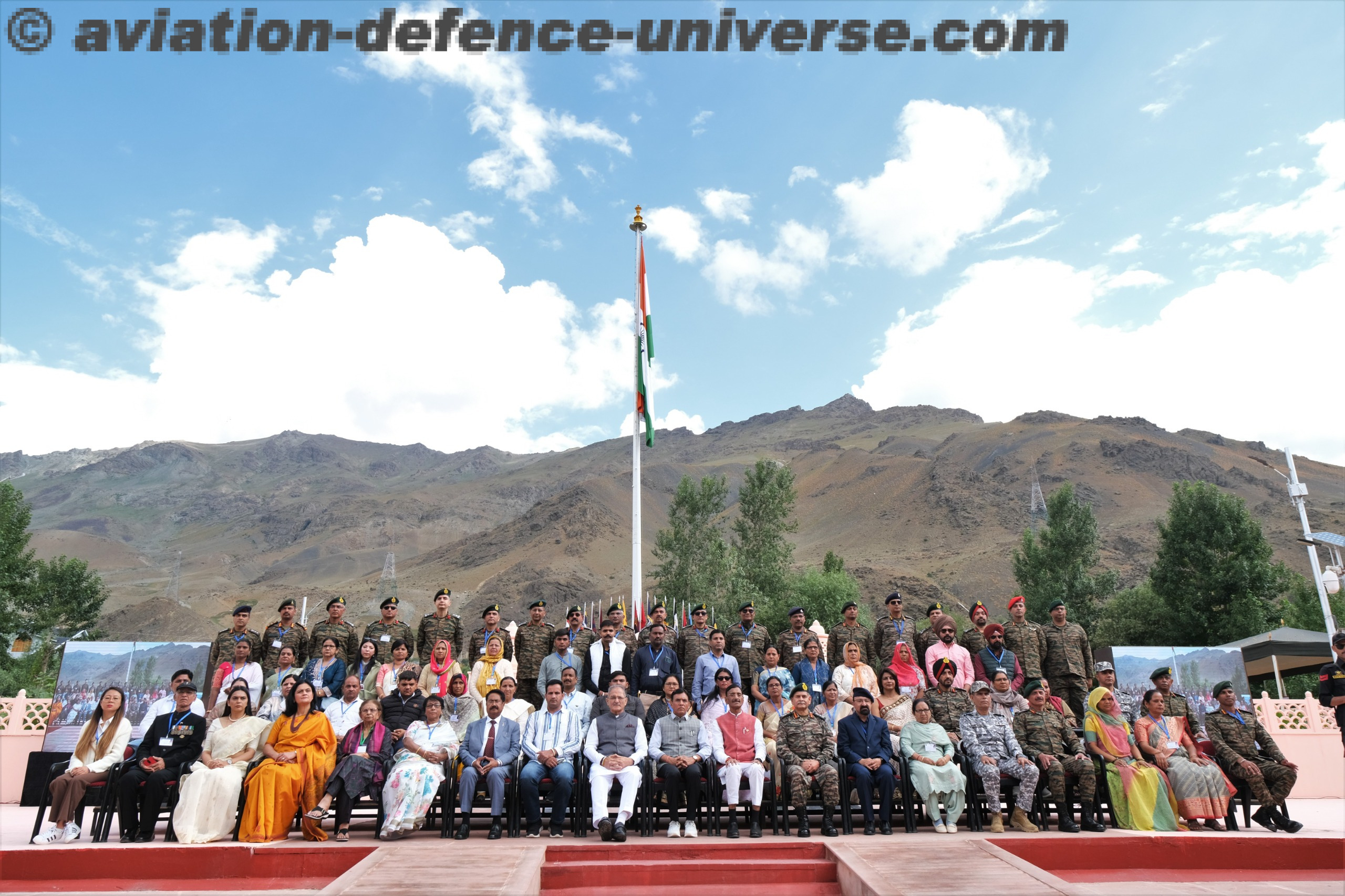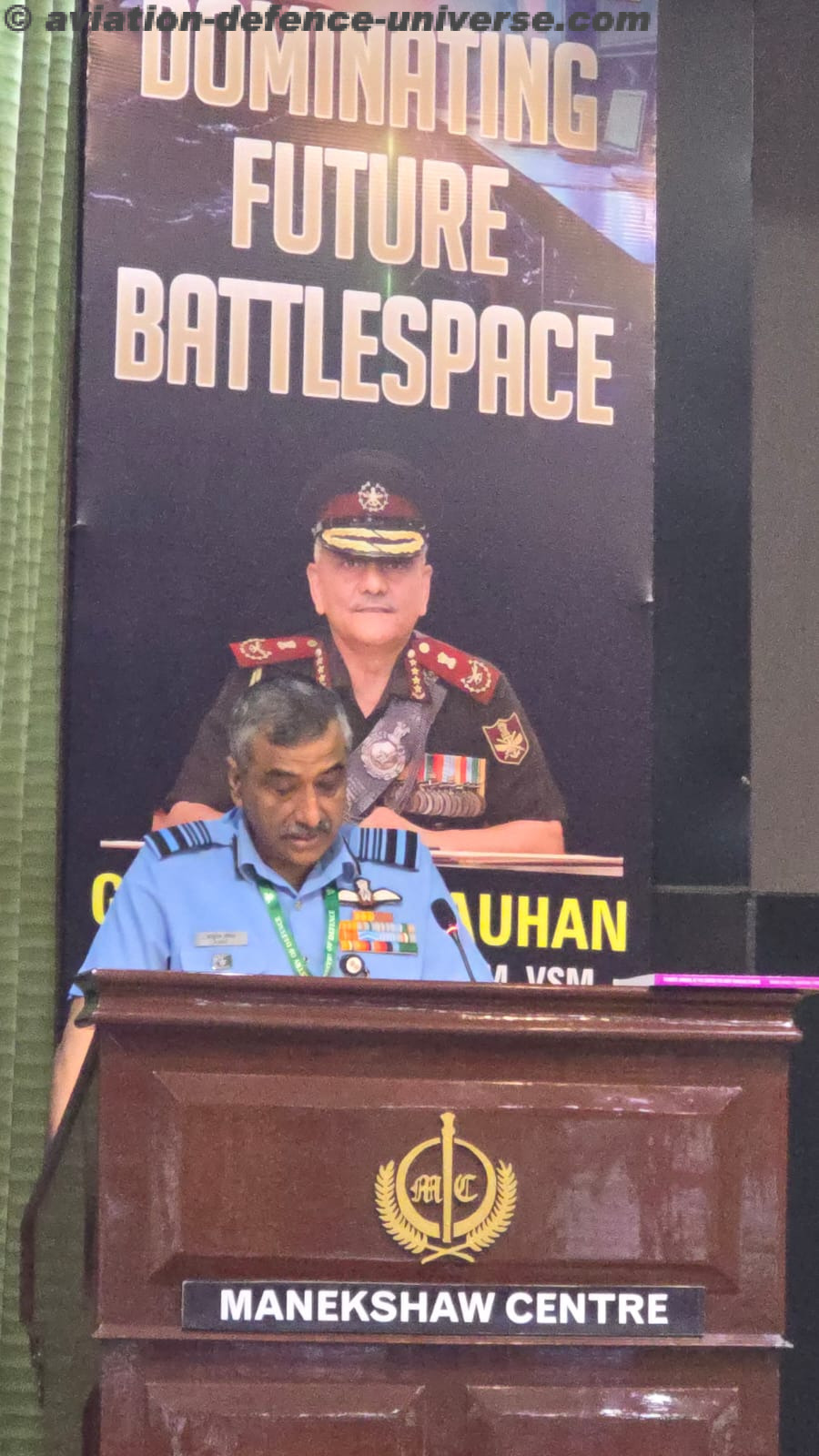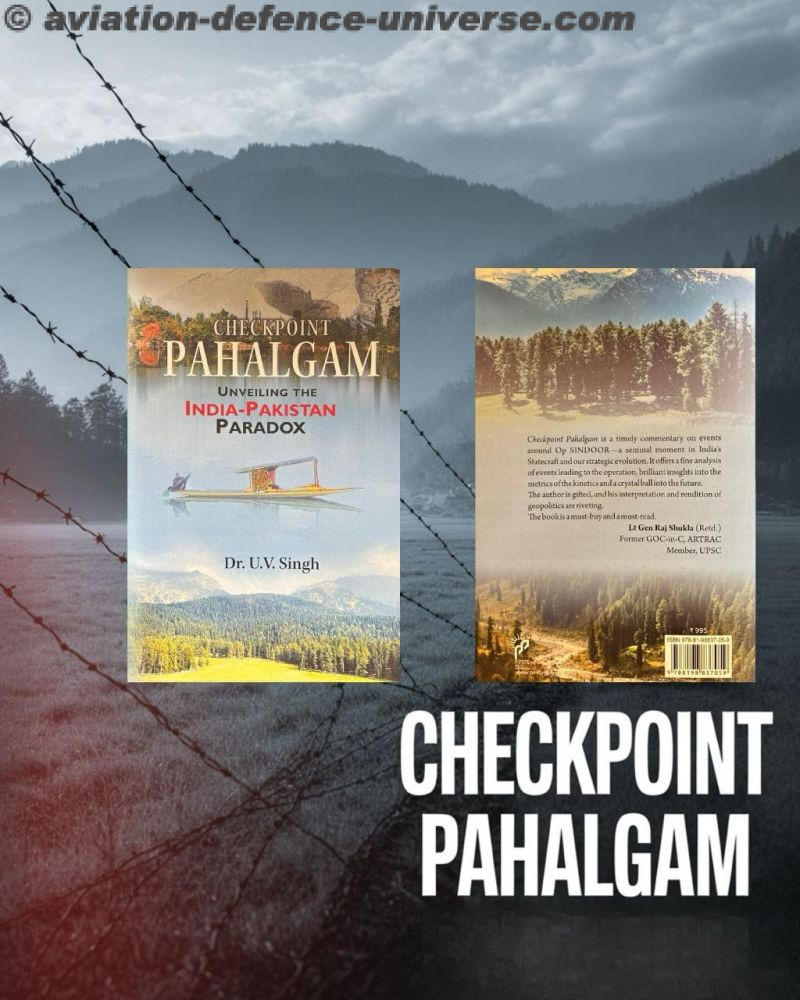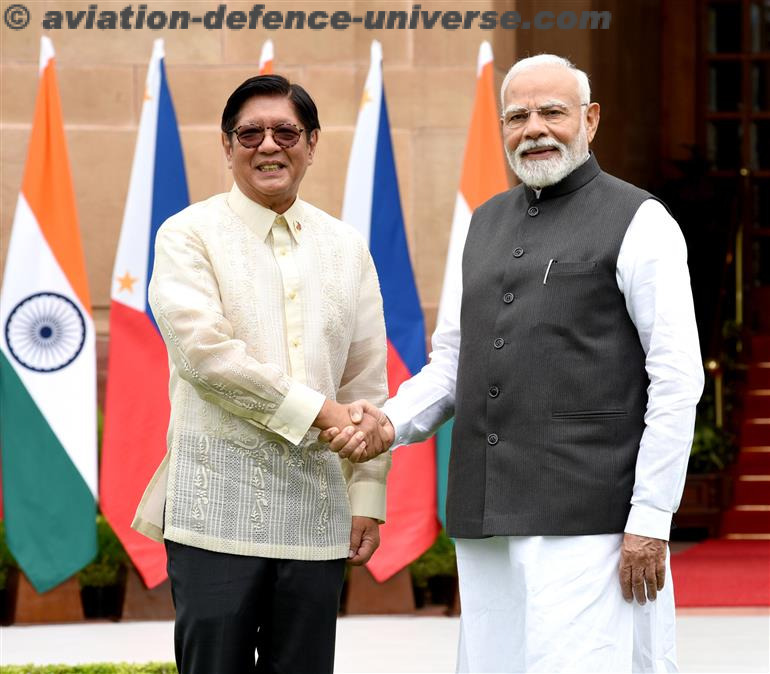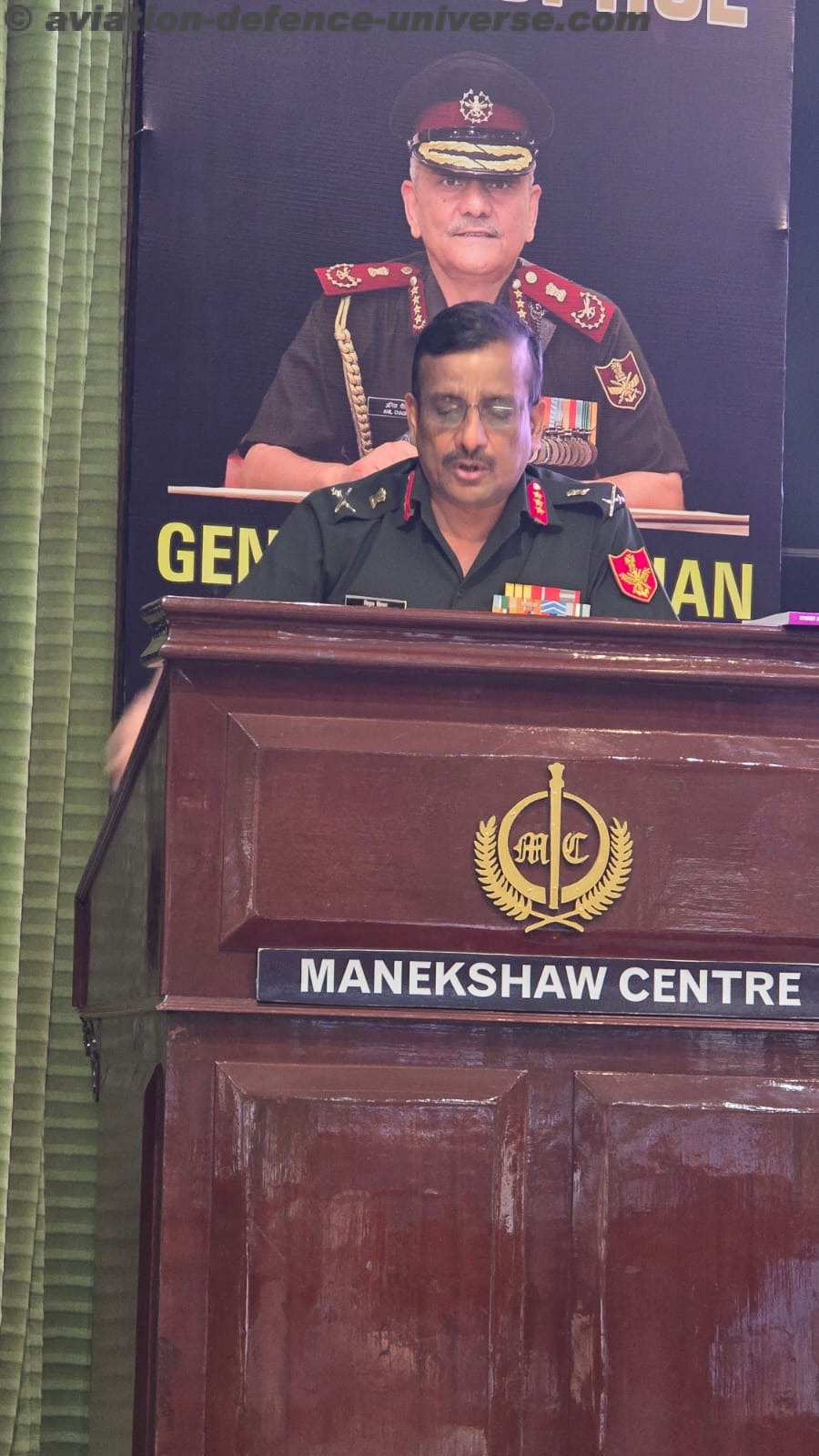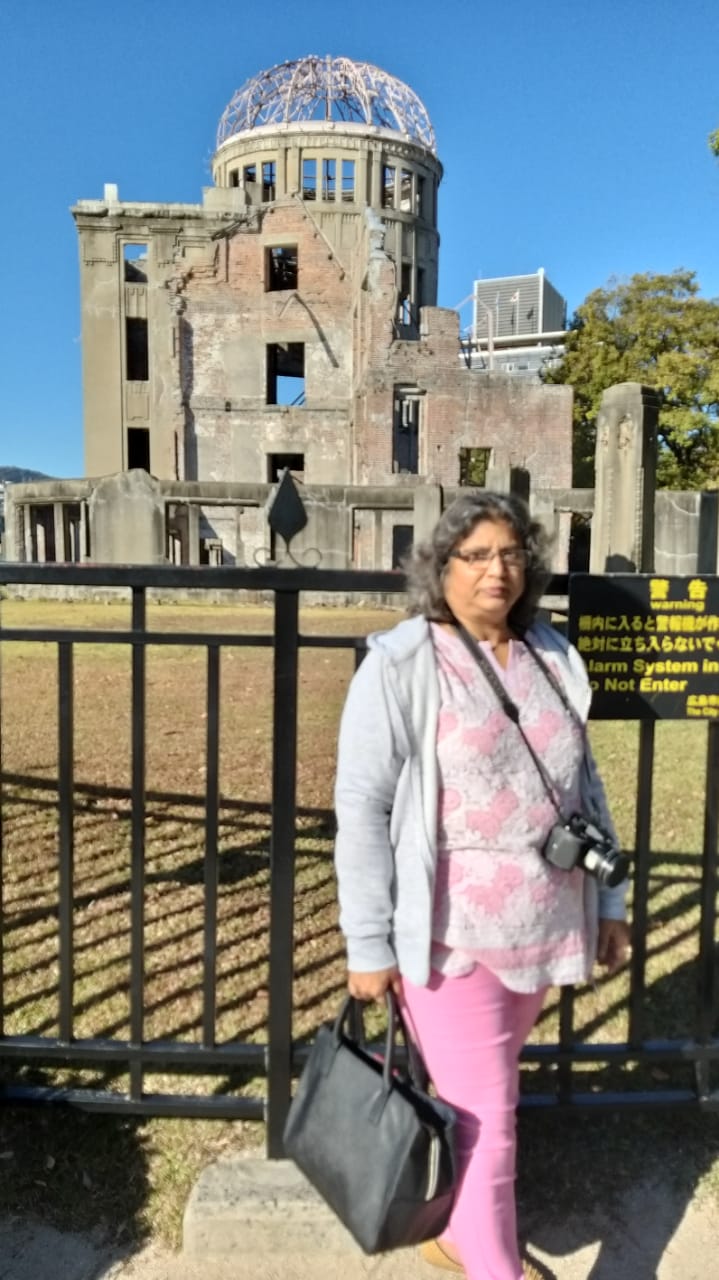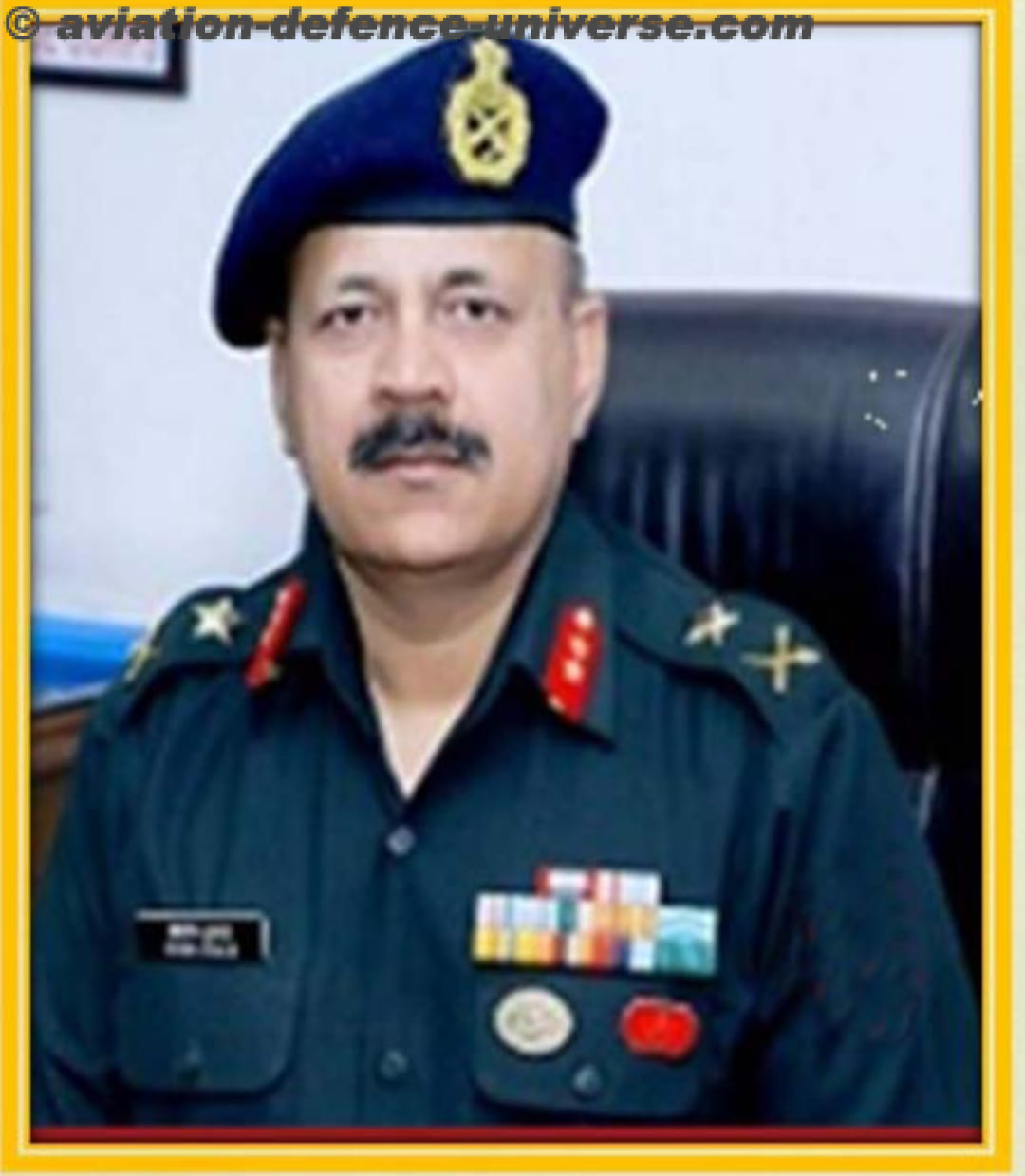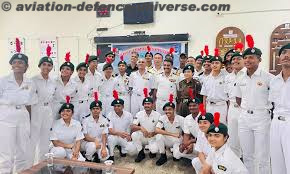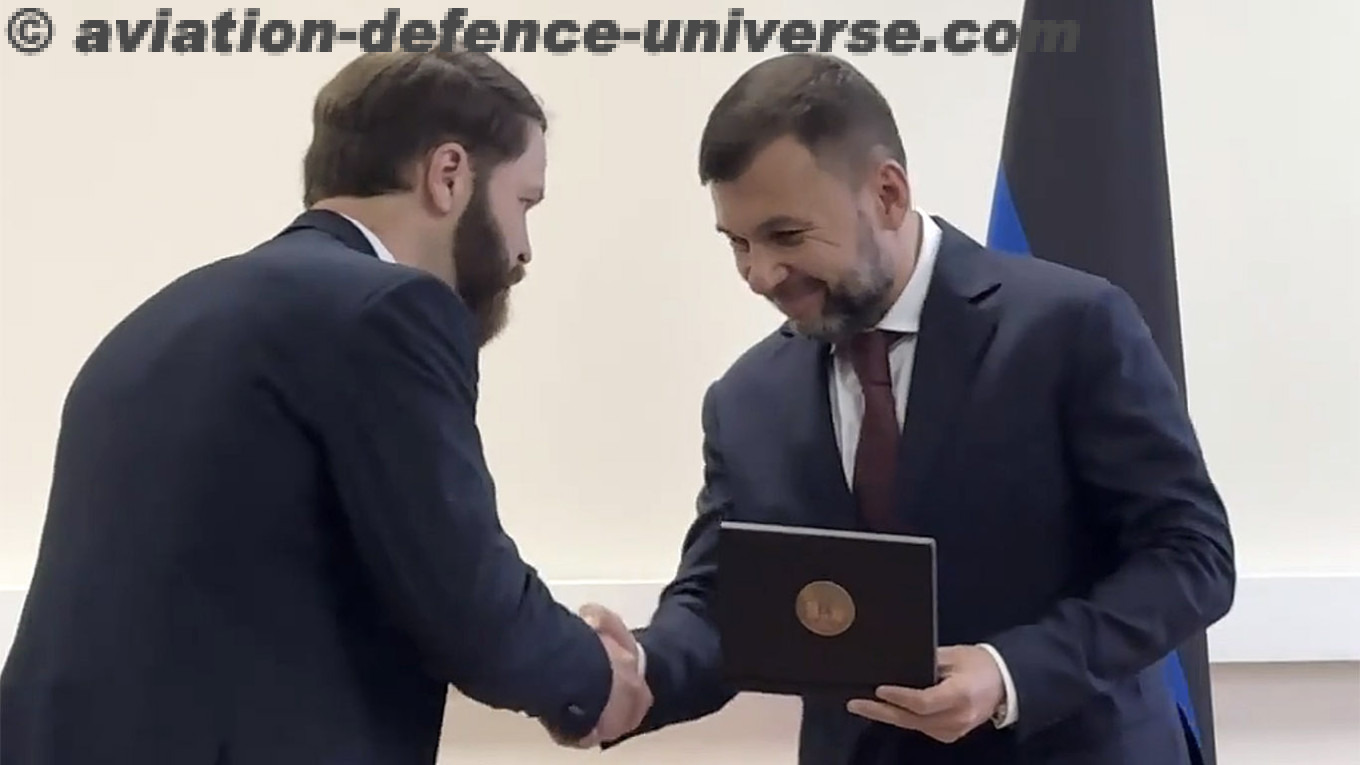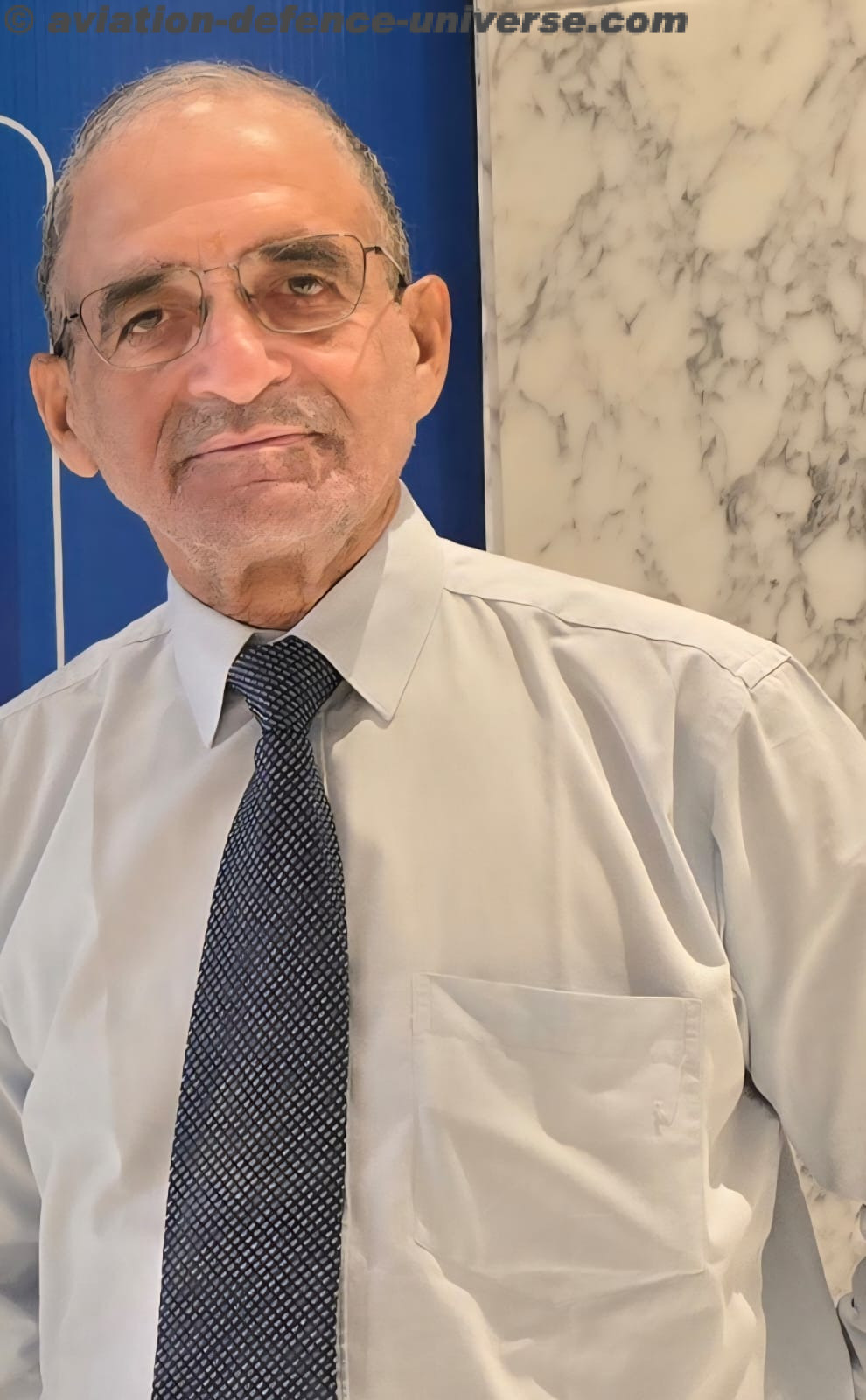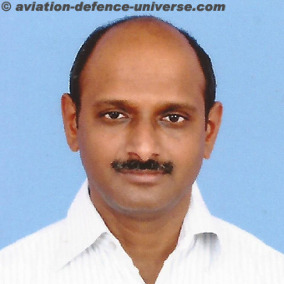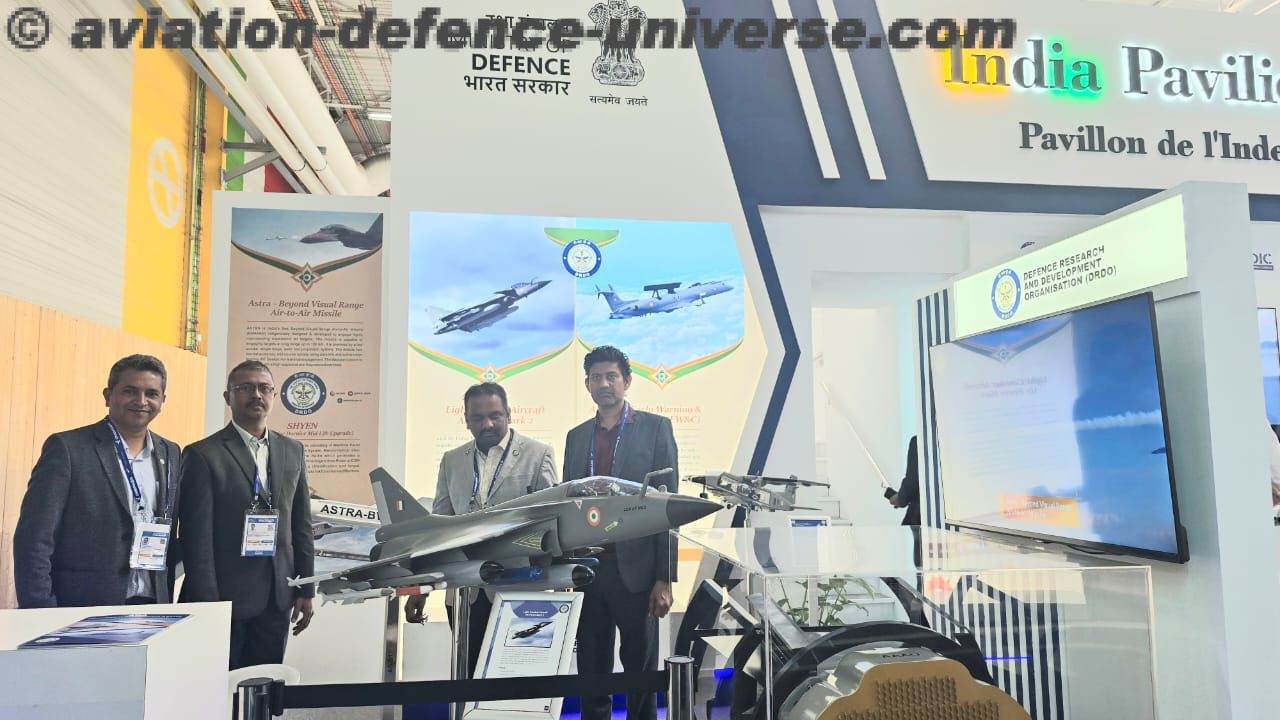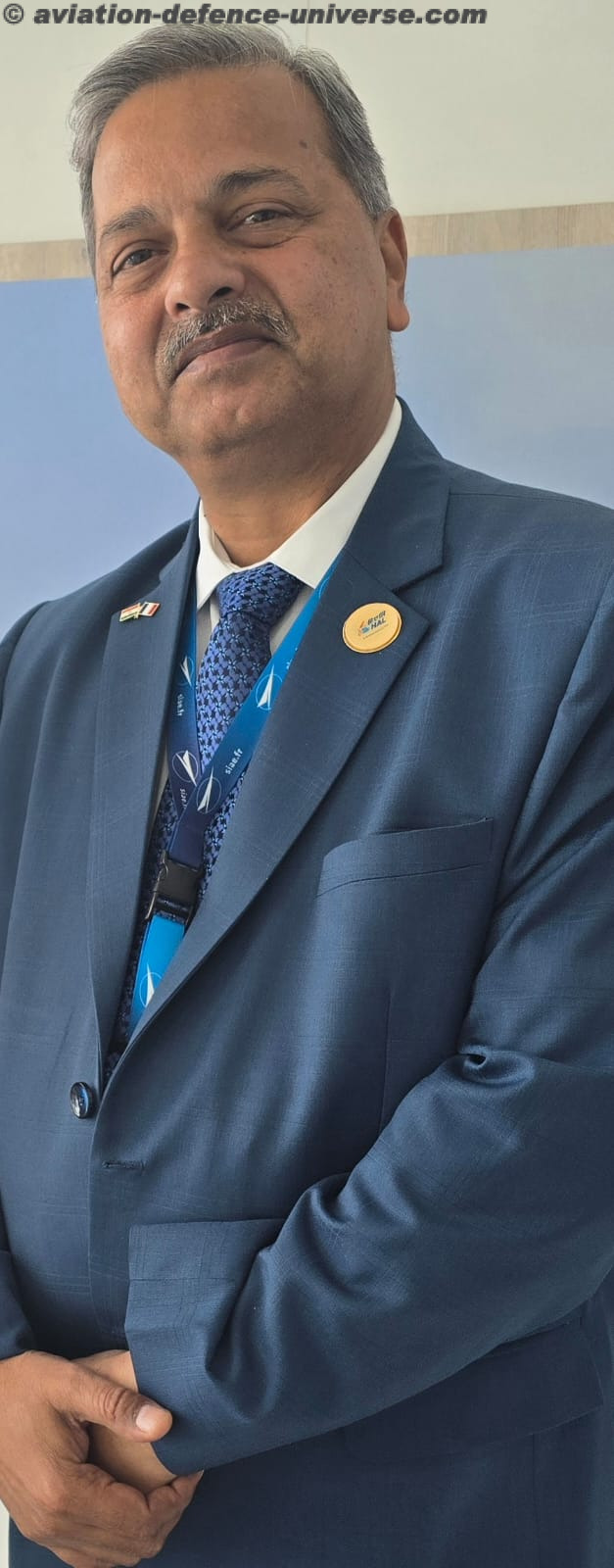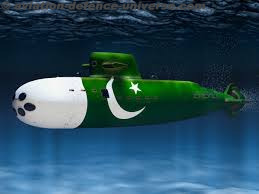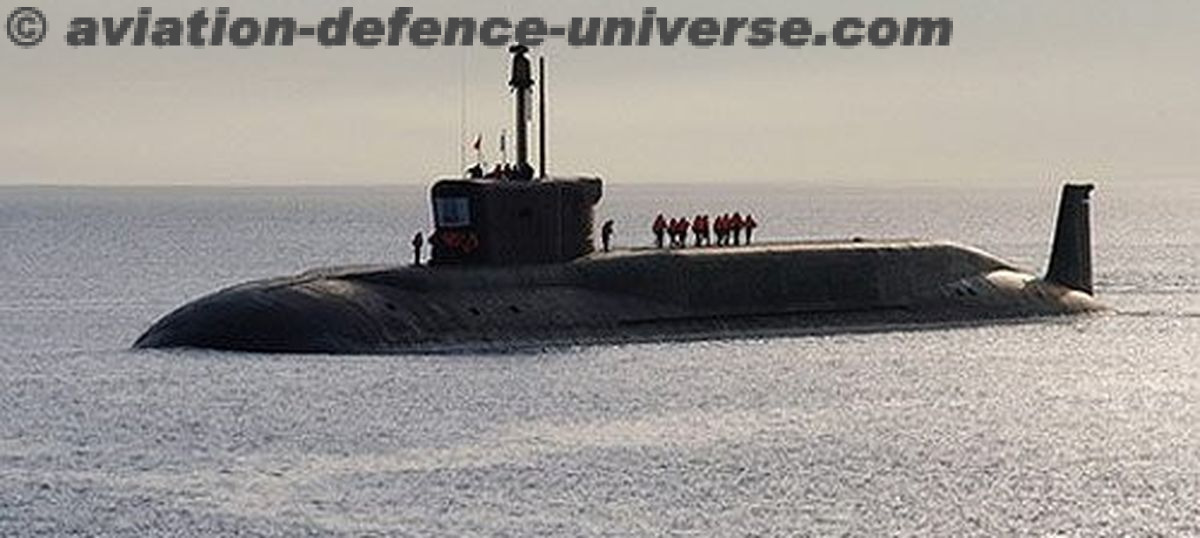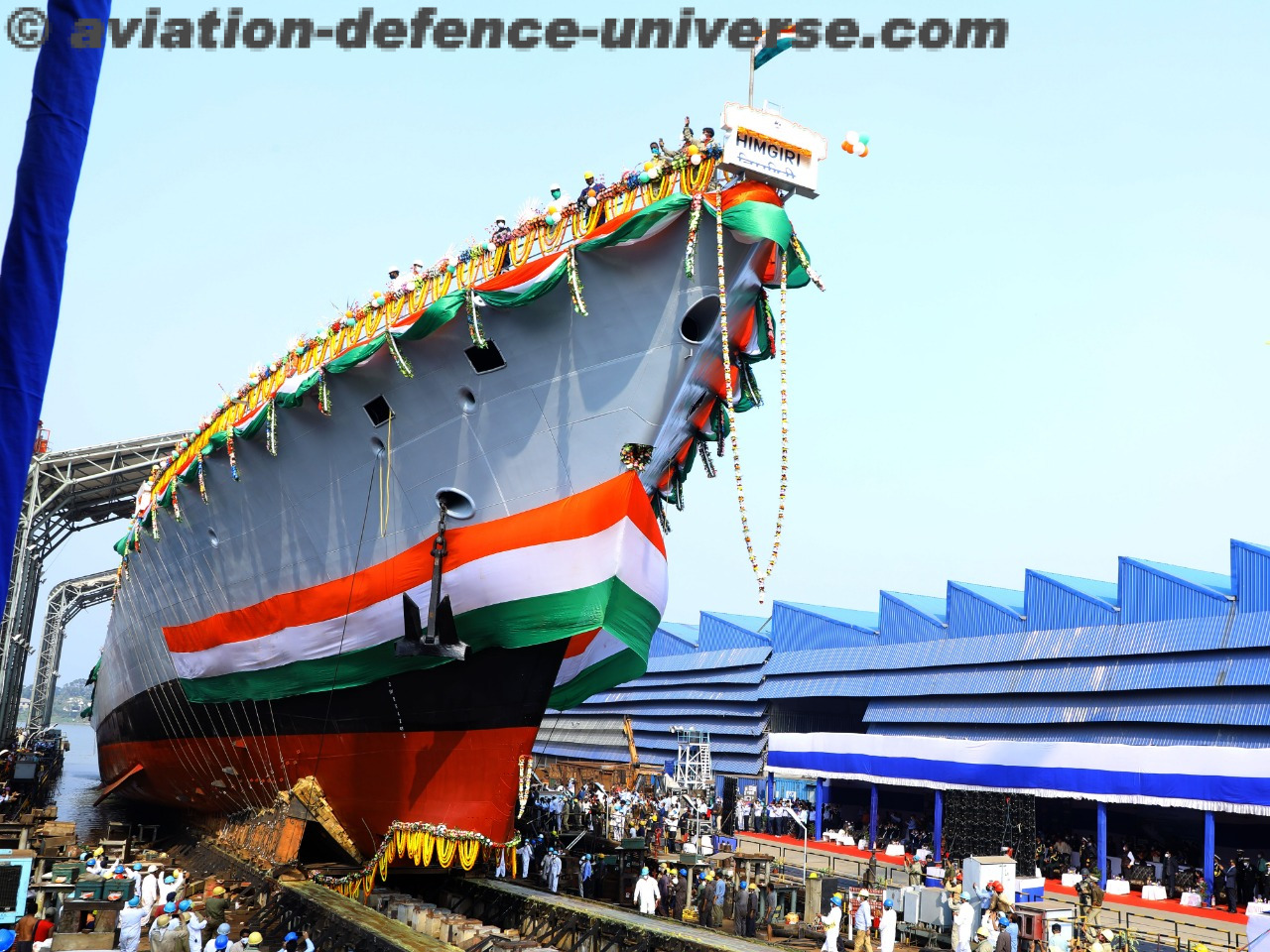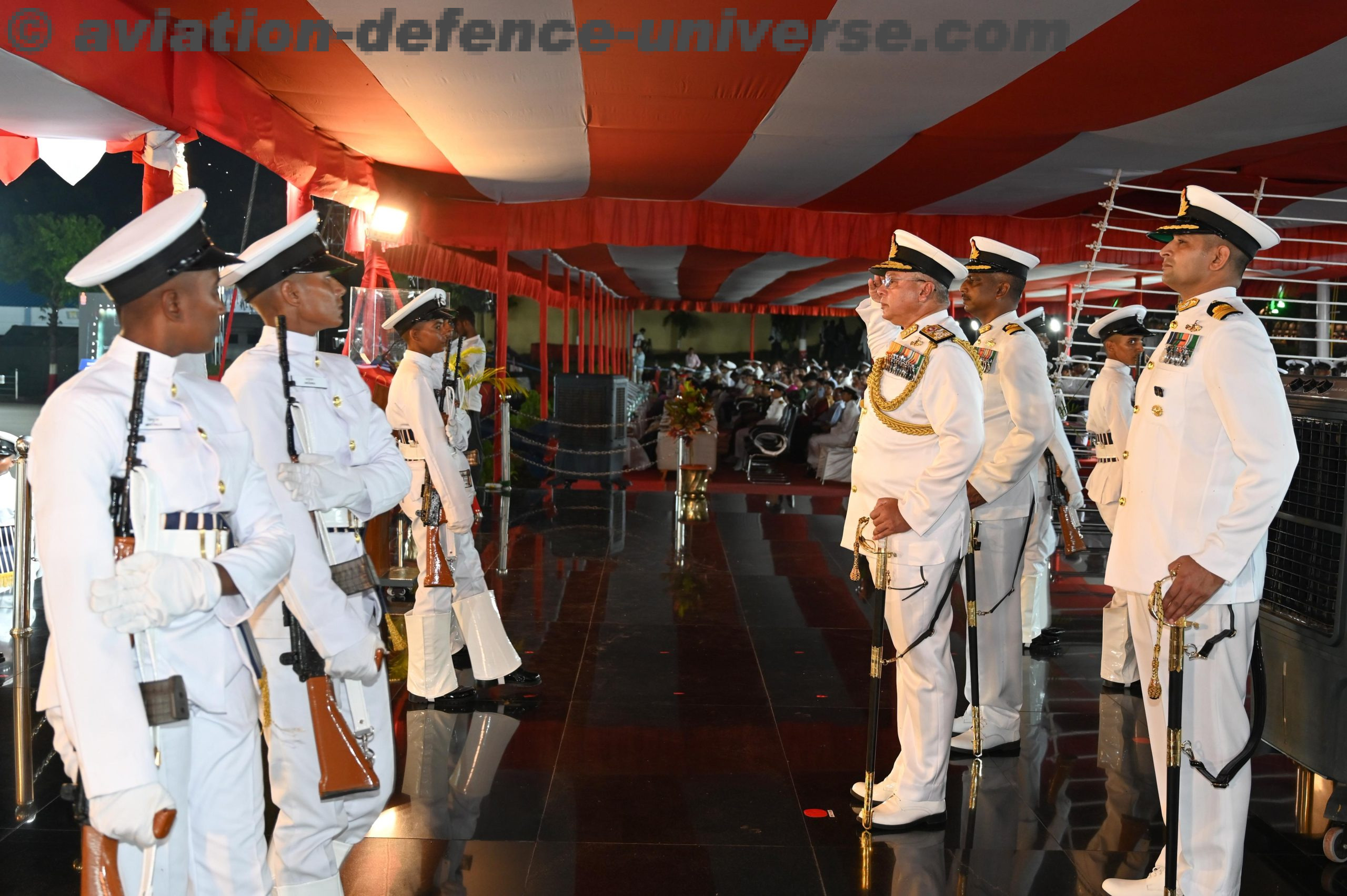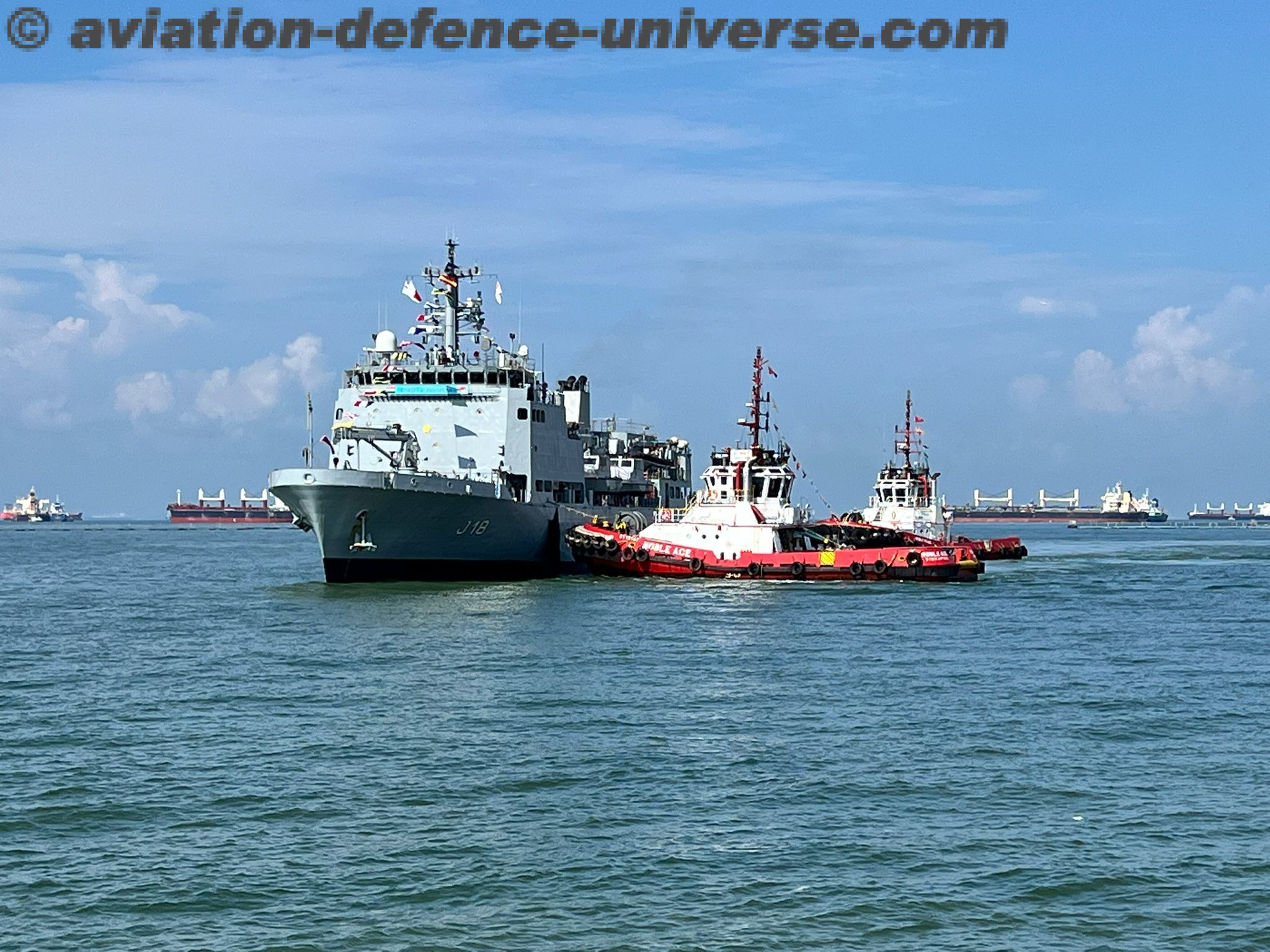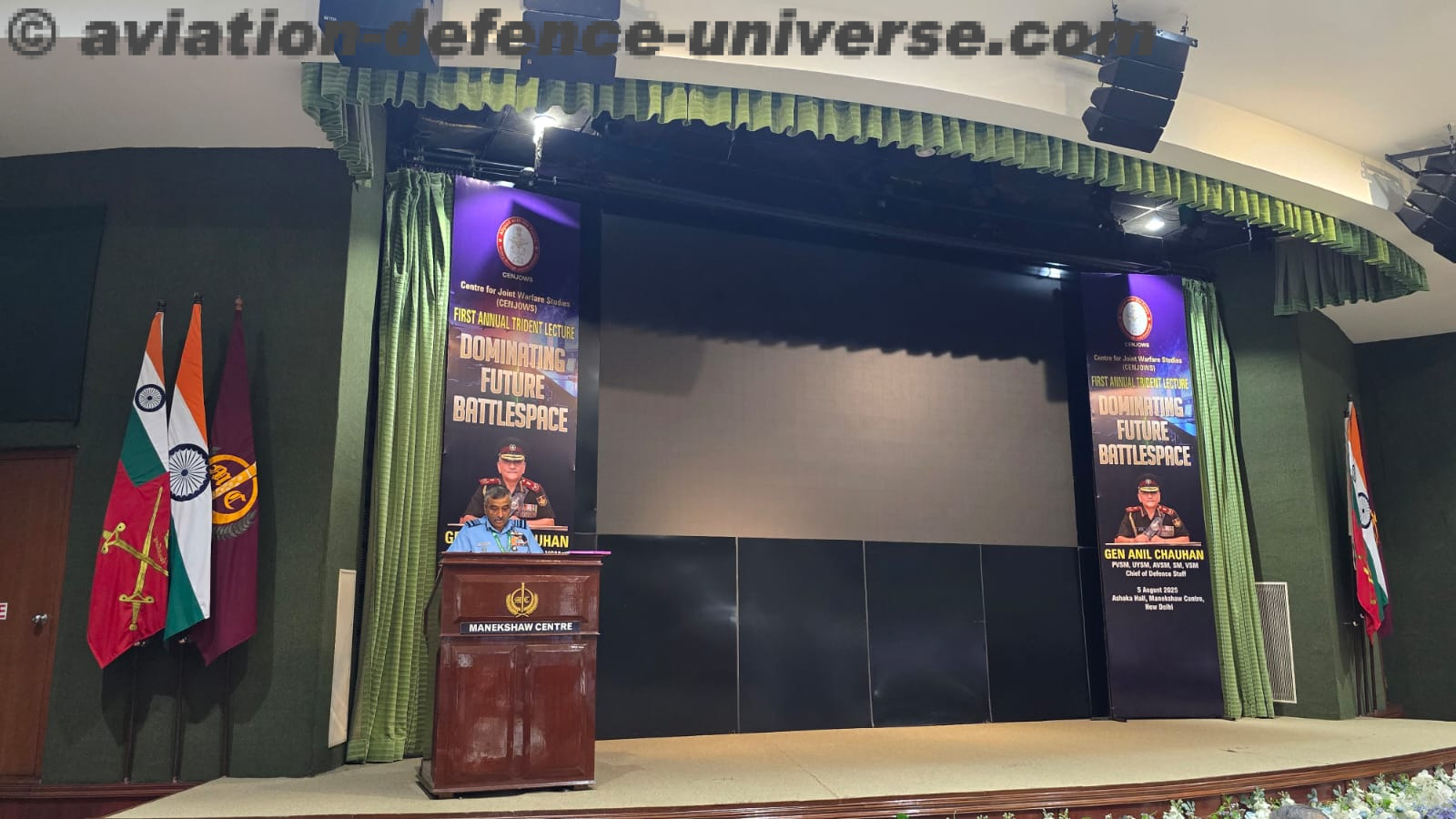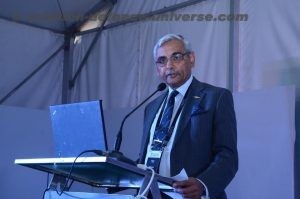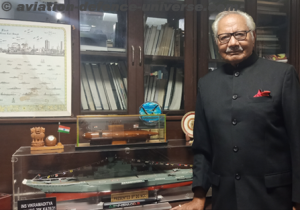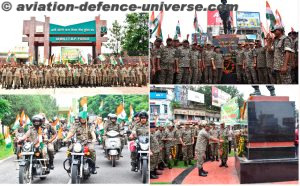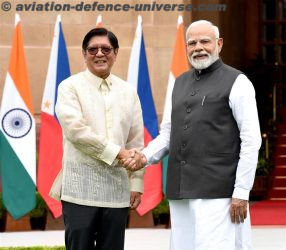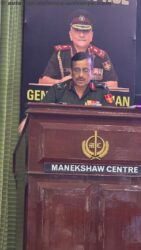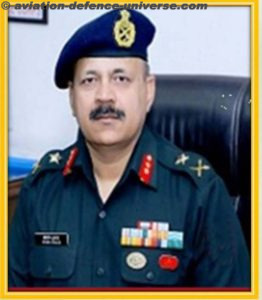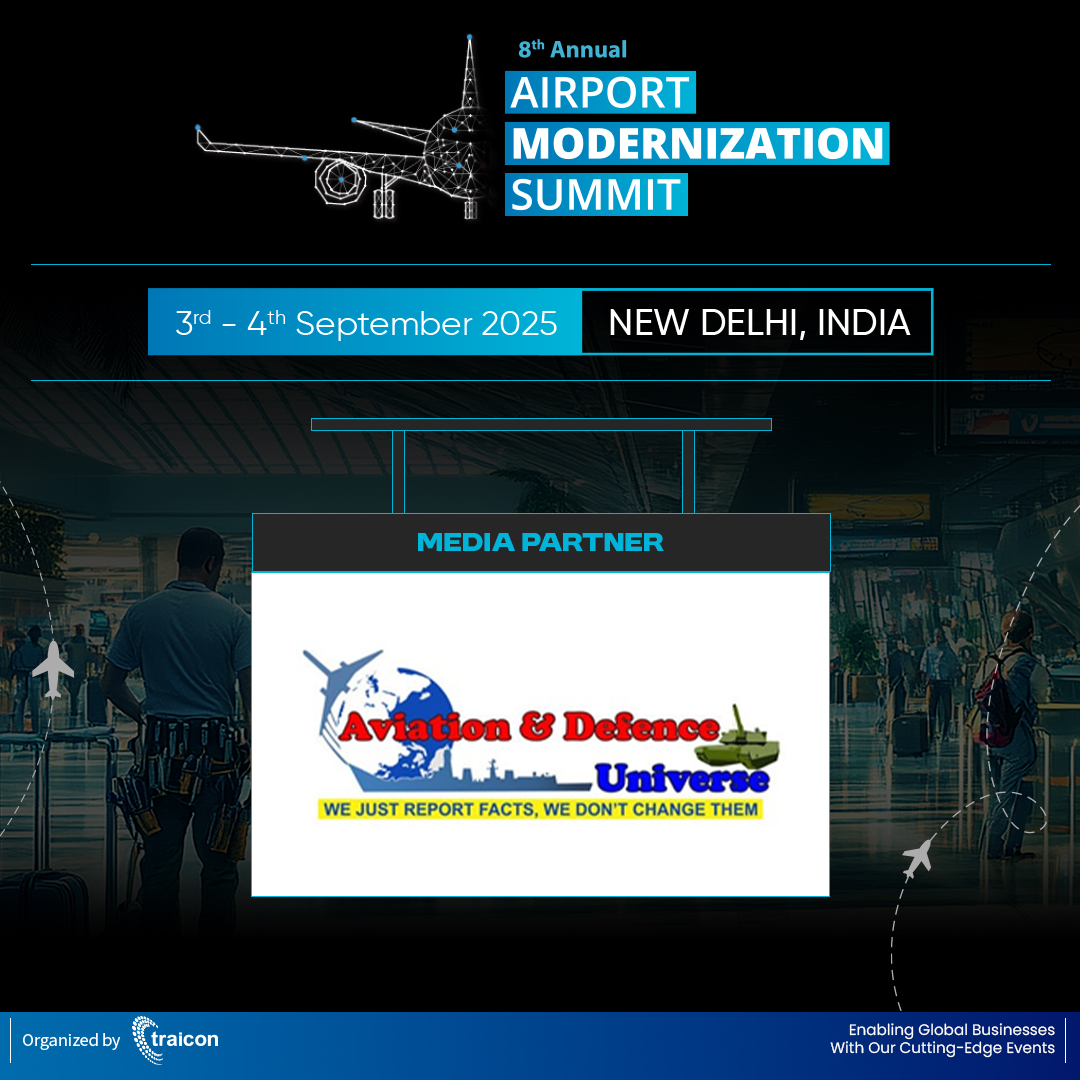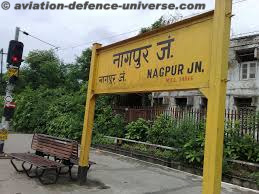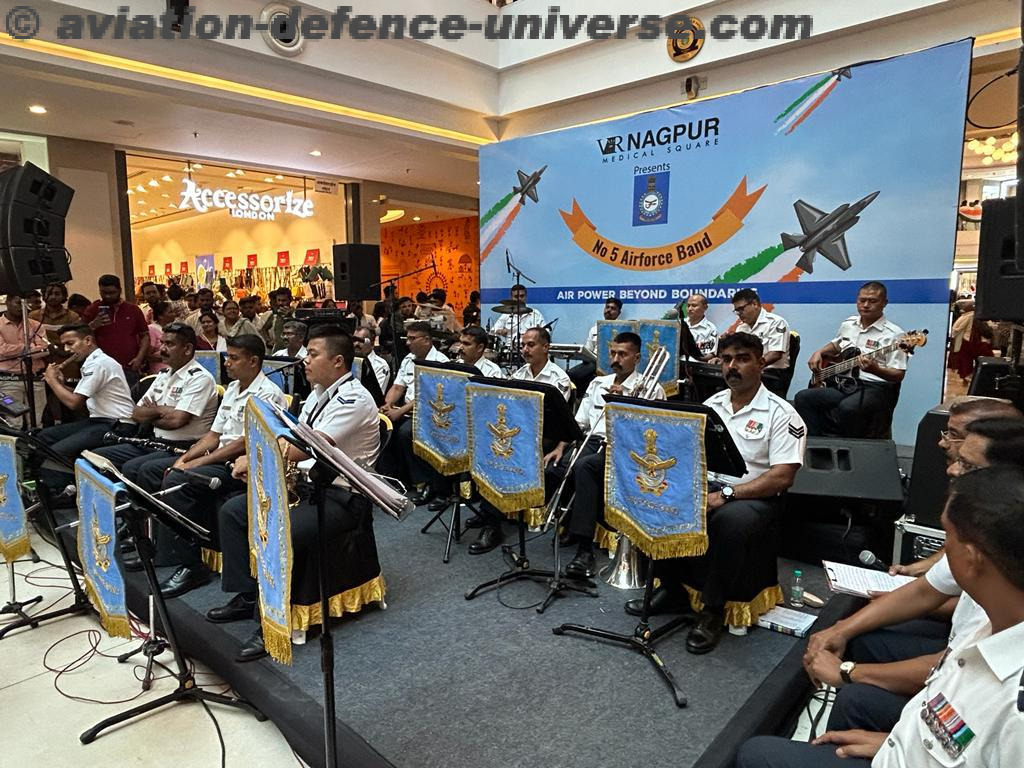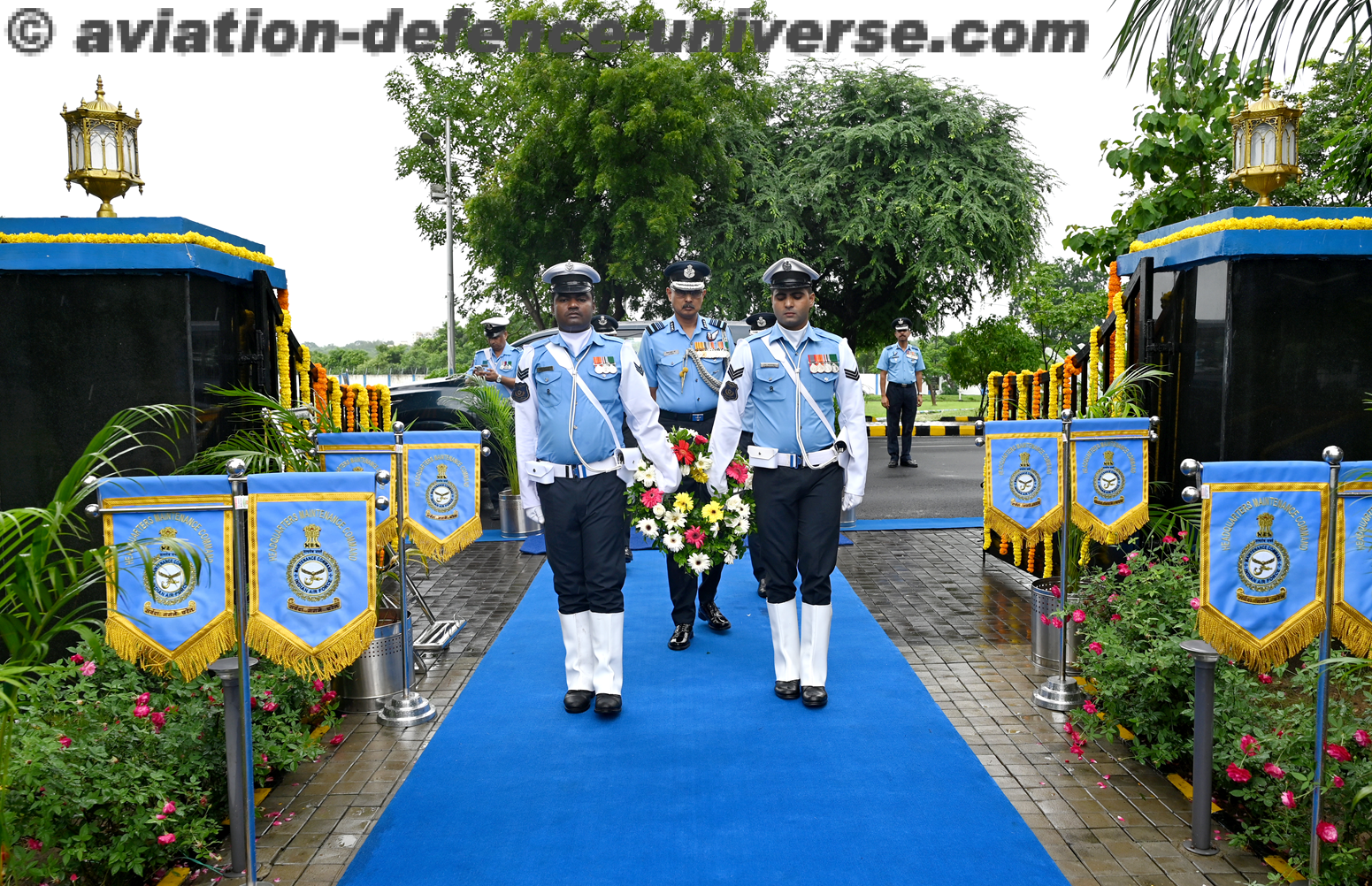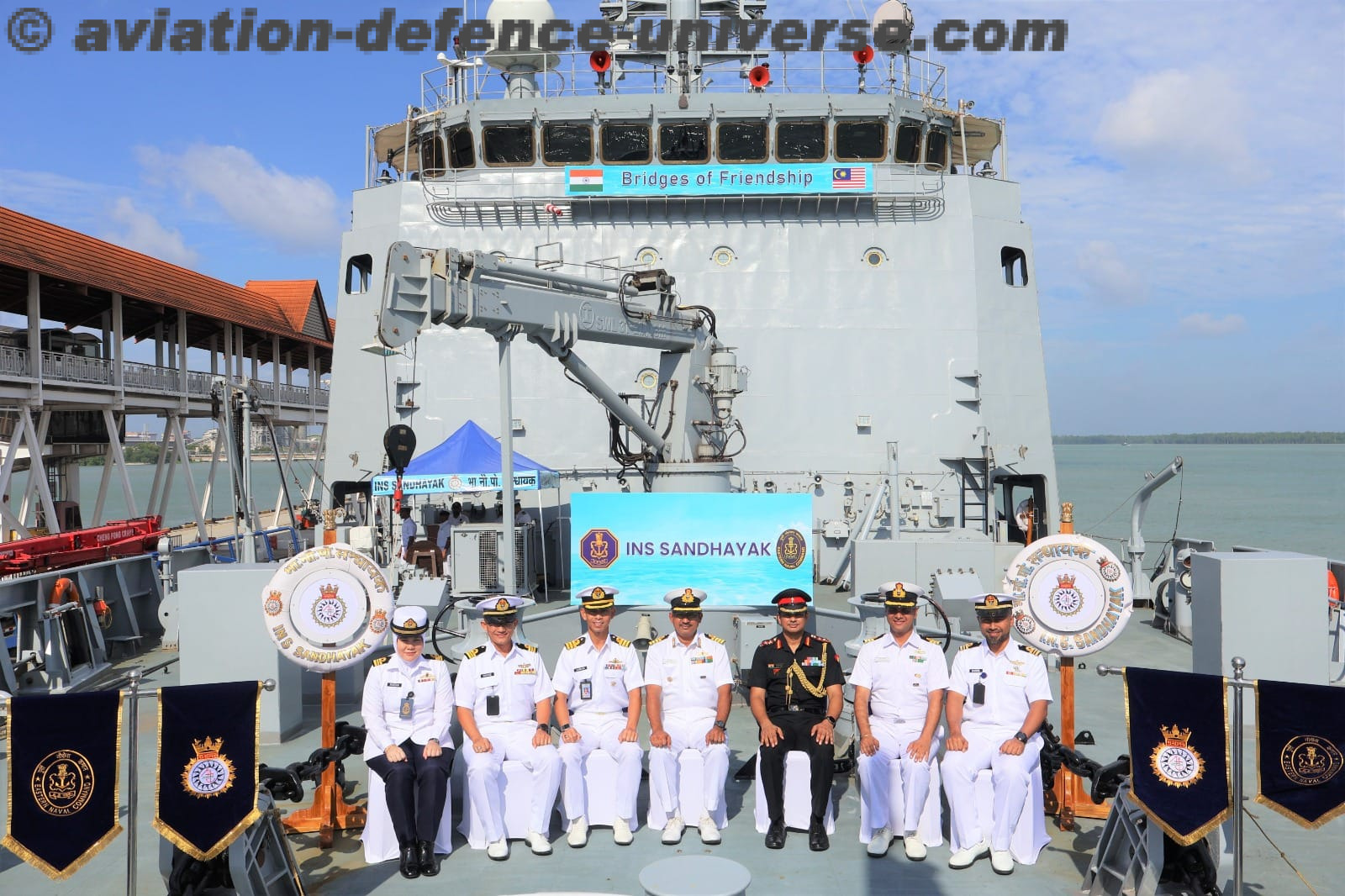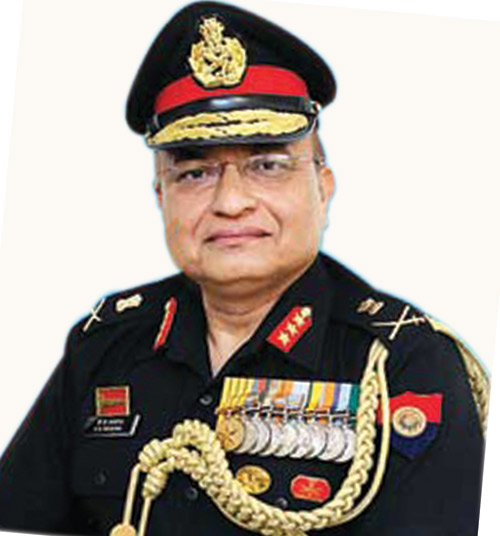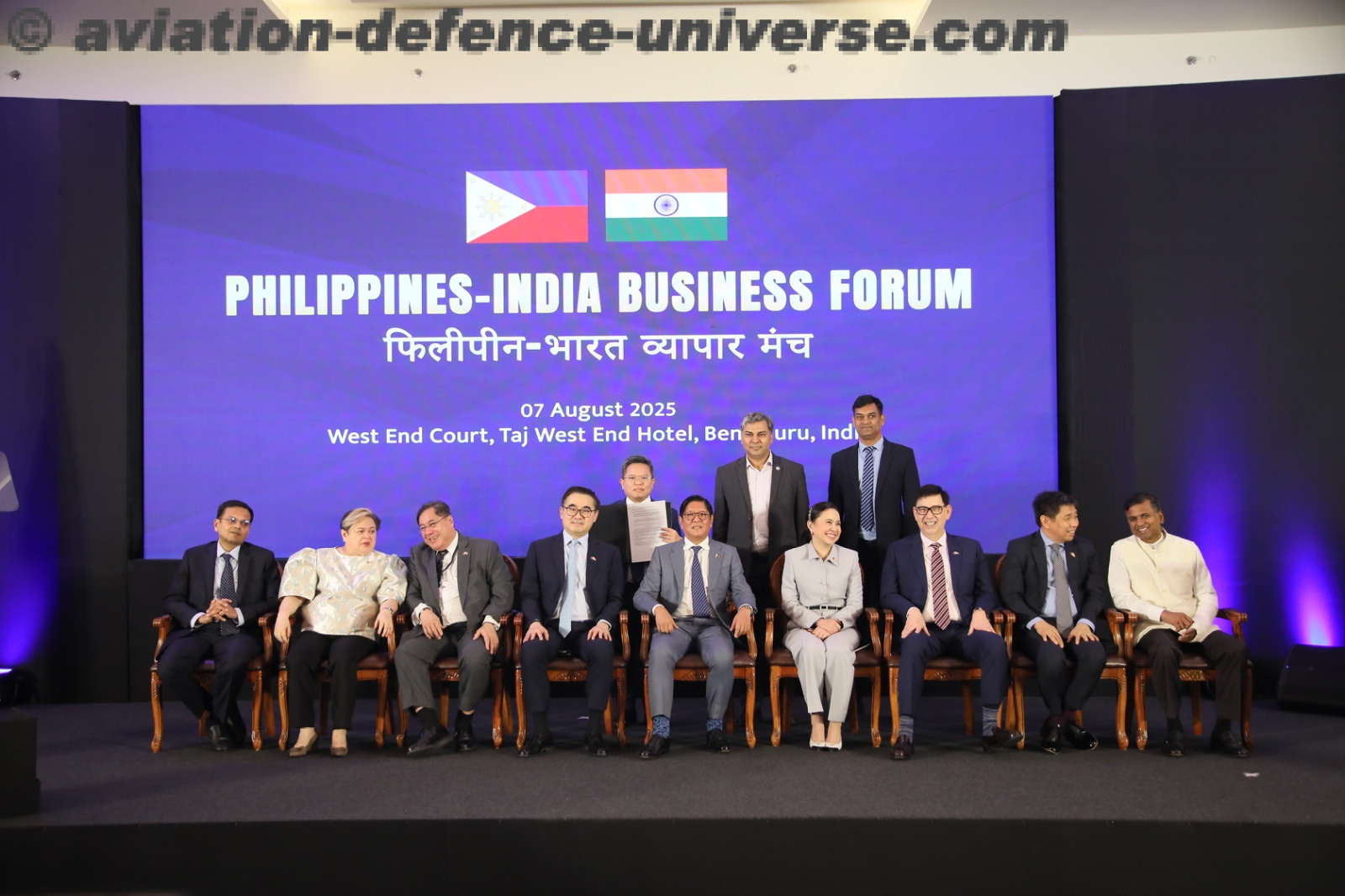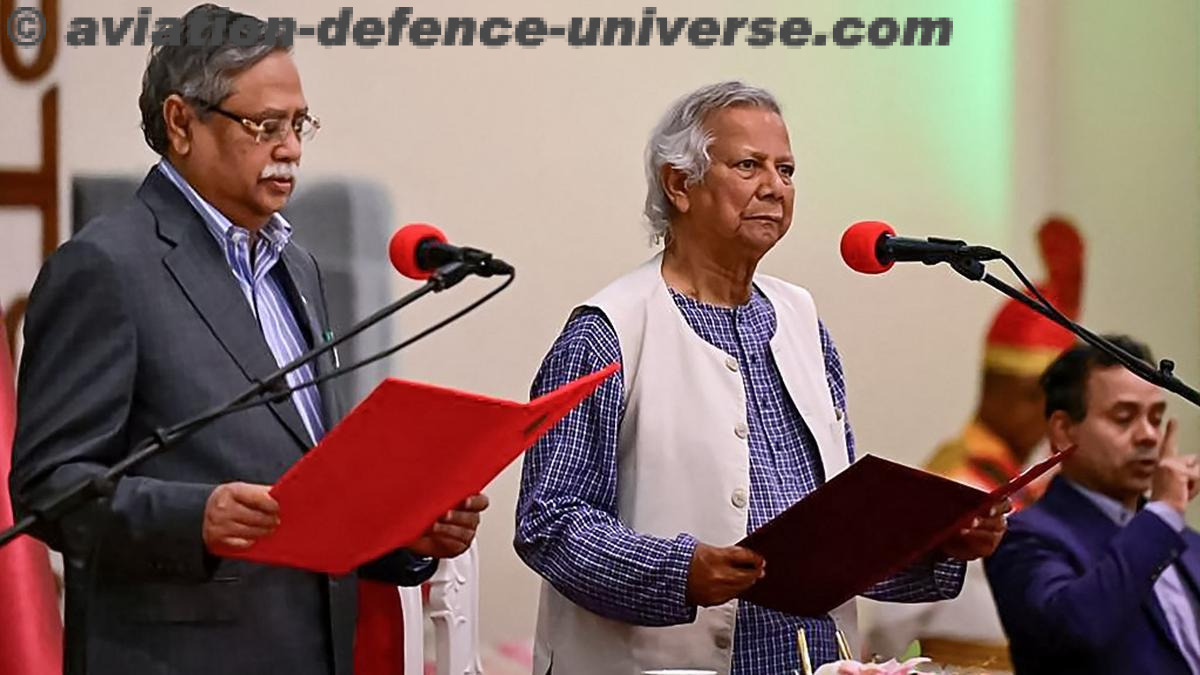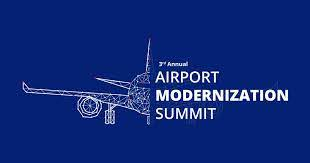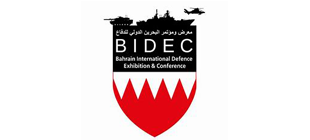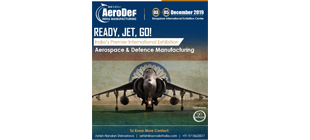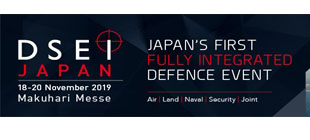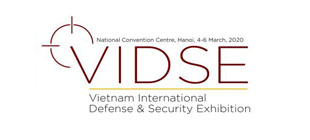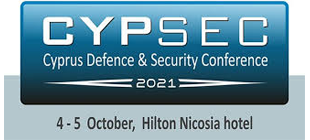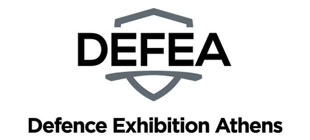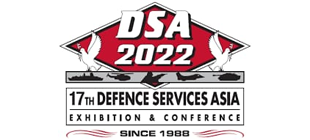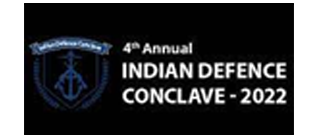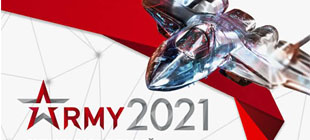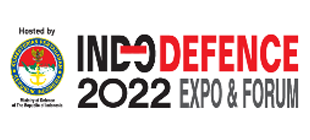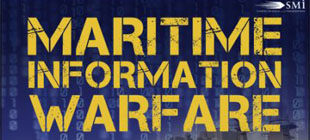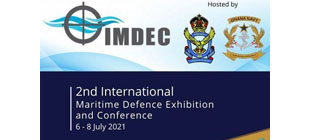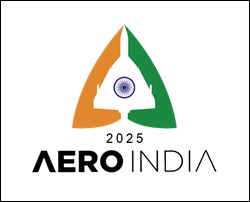- From Coordination to Integration: A Unified Vision for India’s Armed Forces
By Sangeeta Saxena
New Delhi. 15 August 2025. As the nation is all set to celebrate 79 years of Independence, one issue which is a major focus for the changing military doctrine in India , is jointness and integration with interoperability. In a powerful address on the urgent need for transformation within the Indian Armed Forces, the CISC posted at HQ IDS reiterated that the era of incremental change has passed, and the time for bold, structural reform is now. Delivered with a sense of urgency and conviction, the speech set forth a vision for genuine integration across the services—moving beyond ceremonial cooperation to a unified force capable of dominating the future battlespace. It was a call to embrace jointness not just in exercises or doctrines, but in culture, training, operations, and strategy, with the ultimate aim of enhancing national power in an era of rapid technological and geopolitical change.
“What we are going to talk is not cosmetic changes, but fundamental transformation, inter-service cooperation which has remained a formality for some time now—we want to change it into genuine 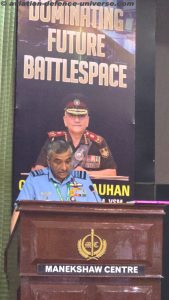
“The world is not standing still, neither are our adversaries. The tempo of change has quickened and the very character of warfare has shifted. Peace and war are no longer binary. In this environment, being prepared is not enough—we must be agile, anticipatory, and joint. Our adversaries are investing not only in conventional battle equipment, but in satellites, algorithms and influence operations. Technology is no longer a neutral enabler; it is a warfighting domain, ” the CISC reiterated.
Jointness and integration in the armed forces have become indispensable in modern warfare, where conflicts are multi-domain, fast-paced, and technology-driven. Globally, militaries have moved beyond service-specific operations to adopt unified strategies that bring together land, air, naval, space, and cyber capabilities. Joint commands enable the seamless sharing of intelligence, rapid decision-making, and synchronized execution of operations. The U.S. model of Unified Combatant Commands, for example, has demonstrated the effectiveness of integrated command structures in projecting power across regions, streamlining logistics, and enhancing interoperability among services. NATO’s integrated approach, built on common doctrines and standardization, further underscores how jointness amplifies operational effectiveness, especially in coalition warfare.
“The recent Operation Sindoor in many ways has been a watershed moment for us. Long-range precision weapons were the backbone of targeting during Op Sindoor. Modern-day warfighting concepts need joint doctrines to enmesh various facets of joint and integrated application of force. We need to shorten the OODA loop, which is crucial in executing dynamic and time-sensitive targeting. Integration is our answer. Past efforts revolved around coordination… rarely transformative, ” he added.
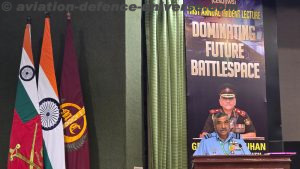
The relevance of jointness lies in the evolving nature of threats—ranging from conventional conflicts to hybrid warfare involving cyberattacks, space-based threats, drones, and information operations. In such a fluid battlespace, stovepiped service-specific approaches risk delays, duplication of resources, and suboptimal outcomes. Integrated forces, on the other hand, can leverage complementary strengths to dominate the operational spectrum. For instance, precision targeting of high-value assets requires air-delivered munitions cued by naval ISR assets, supported by ground-based special forces—an orchestration possible only through joint planning and execution. Jointness also reduces logistic redundancies, ensures interoperability of equipment and communications, and strengthens deterrence by presenting a unified military front.
“We must stop thinking in terms of individual services and start thinking in terms of one Indian Armed Force. Our institutions like NDA, DSSC, CDM, NDC should be crucibles of jointness. Serving in a joint environment should be seen as a fast track, not a side track. Headquarters IDS is evolving into a central pillar of strategic integration. Neither the CDS nor Headquarters IDS can bring about this transformation in isolation. This must be a whole-of-forces effort. Our procurement cycles are too long. By the time systems are inducted, technology is already behind us, ” he said.
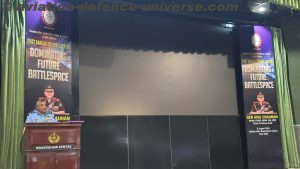
“Inter-service turf battles waste energy and delay reform. Joint capability must take precedence over individual legacy. Joint planning must lead to joint signalling—internally and externally. We must empower IDS and CDS with greater planning authority and execution oversight. We must consolidate cyber defence, information warfare, and strategic communication under one integrated template. We need to shift from planning for reforms to implementing reforms. Victory will belong not just to the side with the most firepower, but to the side that is fastest, smartest, and most integrated. Let our structures reflect our strategy, institutions reflect our ambition, and our unity reflect our strength. The time is now, the call is clear and together we rise from where we belong,” the CISC concluded .

The address was both a roadmap and a rallying cry for India’s armed forces to embrace a culture of jointness and integrated operations. It stressed that the threats and challenges of the modern battlespace require not only technological advancements but also a unified mindset, structural reforms, and operational interoperability. The speaker drew upon lessons from recent operations, including Op Sindhur, to illustrate the advantages of long-range precision capabilities and the need for cross-domain synergy. Above all, the speech made it clear that transformation is not a distant aspiration—it is an immediate necessity, and the armed forces must act now to secure strategic superiority.







